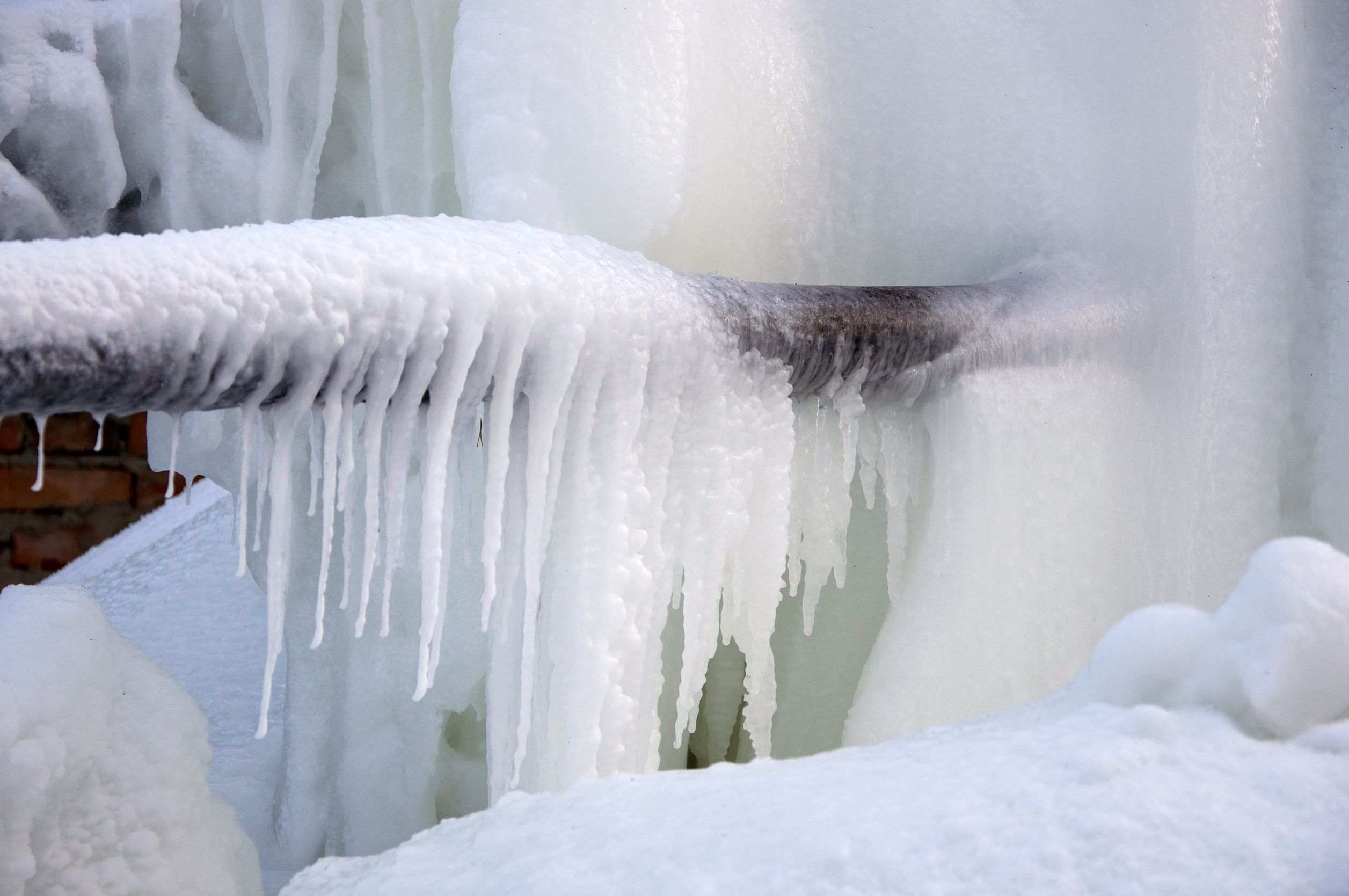Essential Tips to Prevent Frozen Plumbing in Winter
Essential Tips to Prevent Frozen Plumbing in Winter
Blog Article
Just how do you feel when it comes to How To Avoid Freezing Pipes?

Winter can damage your plumbing, specifically by freezing pipes. Below's how to stop it from occurring and what to do if it does.
Introduction
As temperatures drop, the threat of frozen pipelines rises, possibly resulting in pricey repair work and water damages. Comprehending how to stop icy pipelines is important for house owners in chilly climates.
Prevention Tips
Insulating vulnerable pipes
Wrap pipes in insulation sleeves or make use of warm tape to shield them from freezing temperatures. Concentrate on pipelines in unheated or exterior areas of the home.
Heating methods
Keep interior areas adequately heated up, particularly areas with plumbing. Open up cupboard doors to allow warm air to flow around pipelines under sinks.
Exactly how to recognize icy pipelines
Seek lowered water circulation from faucets, unusual odors or noises from pipelines, and visible frost on revealed pipes.
Long-Term Solutions
Structural adjustments
Consider rerouting pipelines away from outside walls or unheated areas. Include added insulation to attic rooms, cellars, and crawl spaces.
Updating insulation
Purchase top notch insulation for pipelines, attics, and wall surfaces. Correct insulation aids keep consistent temperature levels and lowers the risk of icy pipes.
Safeguarding Outdoor Plumbing
Garden tubes and outside taps
Disconnect and drain yard hose pipes prior to winter months. Mount frost-proof faucets or cover exterior taps with protected caps.
Comprehending Frozen Pipes
What causes pipelines to freeze?
Pipes freeze when exposed to temperatures below 32 ° F (0 ° C) for extended periods. As water inside the pipes freezes, it expands, putting pressure on the pipe walls and potentially creating them to break.
Risks and damages
Icy pipelines can result in water supply disturbances, building damage, and pricey repairs. Burst pipelines can flood homes and cause comprehensive architectural damages.
Indicators of Frozen Pipeline
Determining icy pipelines early can avoid them from breaking.
What to Do If Your Pipelines Freeze
Immediate actions to take
If you suspect frozen pipelines, maintain taps open to ease stress as the ice thaws. Make use of a hairdryer or towels soaked in warm water to thaw pipelines gradually.
Conclusion
Preventing frozen pipes requires proactive steps and fast responses. By understanding the causes, indications, and preventive measures, property owners can protect their plumbing during cold weather.
5 Ways to Prevent Frozen Pipes
Drain Outdoor Faucets and Disconnect Hoses
First, close the shut-off valve that controls the flow of water in the pipe to your outdoor faucet. Then, head outside to disconnect and drain your hose and open the outdoor faucet to allow the water to completely drain out of the line. Turn off the faucet when done. Finally, head back to the shut-off valve and drain the remaining water inside the pipe into a bucket or container. Additionally, if you have a home irrigation system, you should consider hiring an expert to clear the system of water each year.
Insulate Pipes
One of the best and most cost-effective methods for preventing frozen water pipes is to wrap your pipes with insulation. This is especially important for areas in your home that aren’t exposed to heat, such as an attic. We suggest using foam sleeves, which can typically be found at your local hardware store.
Keep Heat Running at 65
Your pipes are located inside your walls, and the temperature there is much colder than the rest of the house. To prevent your pipes from freezing, The Insurance Information Institute suggests that you keep your home heated to at least 65 degrees, even when traveling. You may want to invest in smart devices that can keep an eye on the temperature in your home while you’re away.
Leave Water Dripping
Moving water — even a small trickle — can prevent ice from forming inside your pipes. When freezing temps are imminent, start a drip of water from all faucets that serve exposed pipes. Leaving a few faucets running will also help relieve pressure inside the pipes and help prevent a rupture if the water inside freezes.
Open Cupboard Doors
Warm your kitchen and bathroom pipes by opening cupboards and vanities. You should also leave your interior doors ajar to help warm air circulate evenly throughout your home.

We were made aware of that article about Helpful Tips to Prevent Frozen Pipes this Winter from a pal on a different domain. Enjoyed our blog entry? Please quickly share it. Let other people check it out. Thank you so much for your time invested reading it.
Book Maintenance Report this page